Full-time RVing on a budget is both a freeing and frugal way to travel. A lot of people wonder how much it really costs to live on the road each month. After 200,000+ miles and a range of campground stays, I’ve learned that the price tag for RV life can change quite a bit depending on your choices and travel style.
In this article, I’m breaking down the key monthly expenses to help you get a clear picture of what full-time RV living on a budget looks like. If you’re thinking about jumping into RV life for the first time or are trying to shave a few bucks off your monthly costs, these tips and real numbers will give you a solid starting point.
Monthly RV Living Costs: The Main Expense Categories
RVing full time isn’t just about buying a rig and rolling down the highway. There are a few core spending areas that make up most of the monthly costs you’ll run into. Some are the same as regular life, but others, like camping fees and gas, are unique to RVers.
Typical monthly expenses for an RV lifestyle on a budget can include:
- Campsite and Overnight Fees: Nightly or monthly rates at campgrounds or RV parks, plus any membership club dues that knock money off those rates. We are lifetime members of this 50% camping club.
- Gas and Travel Costs: Fuel for your RV, tow vehicle, or car. This can be a big piece of the puzzle, depending on how far you roam. We have a diesel tow vehicle, so we love this discount fuel program!
- Food and Groceries: Meals out alongside groceries bought for cooking on the road and in your traveling home.
- RV Insurance and Vehicle Payments: Insurance costs and loan payments if you’re financing your RV, van, or tow vehicle.
- Maintenance and Repairs: Everything from regular oil changes and tire checks to sudden fixes when things break.
- Utilities (Propane, Water, Power): Propane for heating or cooking, occasional generator gas, or paid electric hookups.
- Connectivity and Entertainment: Mobile data plans, boosting kits, campground Wi-Fi, streaming subscriptions, or satellite TV if you like more channels.
- Personal and Miscellaneous: Laundry runs, mail forwarding, health insurance, and a bit of “fun money” for exploring and hobbies.
Your monthly expenses will shift a lot depending on things like location, season, rig size, and how thrifty you want to be. Tracking these categories even in your first month makes it a lot easier to keep your budget on course and prevent surprises.
Campsite and Overnight Fees: Where Most of the Budget Goes
More often than not, campsite fees are one of the main categories where the budget goes. If you want hookups (water, electric, sewer) and amenities such as showers or laundry, campgrounds and RV parks usually charge $25 to $60 a night, sometimes more in the summer season in the north and winter season in the south. Weekly and monthly rates sometimes help you save a bit, and select parks will have major discounts if you commit to staying for the whole month. Keeping an eye out for deals and planning flexibly can really pay off over the months.
Want to keep it budget-friendly? There are options. State parks, national forests, and Army Corps of Engineers campgrounds often charge $15 to $35 a night for similar amenities, but not all will have hookups. The thriftiest RVers can mix in boondocking (camping without hookups, often on public land) for stretches, which is usually free as long as you’re prepared to manage your own water supply and waste tanks.
Consider joining discount clubs to cut costs on campground fees. Groups like Thousand Trails, Passport America, or Good Sam can bring the nightly price way down, especially if you rotate between their partner facilities.
Smart, budget-loving RVers balance paid parks, club deals, and free stays to keep expenses drifting around $300 (mainly boondocking) to about $800 (more private parks) each month. Ultimately, laying out your sleeping spots ahead of time keeps this part of your budget predictable.
Fuel and Travel Expenses: How Miles Add Up
Fuel is the wild card of full-time RV budgeting. Bigger rigs burn through gas or diesel faster than smaller ones, and every mile matters. When prices at the pump go up or you plan long hauls, the costs jump, too. That’s why a lot of budget-focused RVers travel slowly, staying put for weeks or months at a time, which helps slim down fuel spending considerably.
For a typical budget-conscious RVer covering around 500 to 800 miles each month, you’ll likely spend between $150 and $400 on gas. Towing a lightweight trailer or driving a nimble campervan almost always costs less than fueling a massive Class A.
Checking GasBuddy or similar tools helps find the best deals along your route. Regular maintenance, like keeping tires inflated and your engine in good shape, can help you squeeze those extra miles out of every tank. Planning routes with shorter jumps and sticking to one region each season also helps keep spending down.
Food and Groceries: Cooking vs Dining Out
One of the easiest ways to save money on the road is by steering your own food choices. Cooking in your RV’s kitchen saves a lot of cash. Stocking up at stores like Aldi, Walmart, or bargain markets can help you bring typical monthly grocery spending to about $300 to $500 for two people. Of course, if you go for specialty or organic foods, this number can tick upward.
Dining out gets expensive fast, especially in spots packed with tourists near national parks or beaches. Setting a weekly or monthly limit prevents surprises. I try to keep it to about 80 percent homemade meals, splurging on the occasional local favorite or quirky diner for the other 20 percent.
Having a stock of quick and easy meals (sandwiches, salads, soups) for travel days makes it easier to avoid fast-food temptation. If you’re a coffee lover or treat yourself to local eats, pad your food budget to fit your style.
Insurance, Loans, and Registration Fees
RV insurance is a must-have for legal and peace of mind reasons. Monthly premiums vary, but expect $60 for a basic trailer or small van and up to $200 or more for a big Class A. If there’s still a loan on your rig, payments commonly land at $300 to $800 a month, depending on how new or fancy your RV is.
Registration and taxes come in annually, but breaking them down monthly keeps your budgeting honest. Costs change a lot by state, which is why many full-timers set up home base in RV-friendly states like Texas, Florida, or South Dakota to go easy on the wallet.
Make a habit of researching registration, insurance rates, and licensing requirements where you plan to spend most of your time to avoid surprise fees or fines on the road.
Staying Connected on the Road: Internet and Cell Phone Costs
These days, fast and reliable internet is a must-have, whether you’re working remotely, streaming shows on rainy nights, or video-chatting with family. Most budget setups use unlimited cellular data plans as their main online connection, spending between $60 and $120 a month. Campground Wi-Fi is rarely reliable or speedy, so bringing your own hotspot or mobile router is the way to go.
Traditional phone plans tend to run $30 to $70 each month. Upfront investments in signal boosters or antennas can help in rural or mountainous areas. If you’re tech-savvy or just need basic web access, cheap prepaid plans might cut the cost, but most full-timers want the dependability of a solid monthly plan. Being able to work from anywhere or snag streaming entertainment pays for itself in the long run.
RV Maintenance and Repairs: Planning for Surprises
Every RV, even the newest, needs regular upkeep. It’s not unusual for maintenance to eat up $50 to $150 each month if you save up for things like oil changes, generator tune-ups, and tire care. But stuff will break—sometimes at the worst possible moment. Think fridge malfunctions, leaky roofs, or electrical gremlins.
It’s smart to keep a fund set aside for repairs. Many RVers put away $100 to $200 monthly just in case. If you’re handy, a lot of fixes can be handled solo; YouTube and RV forums are lifesavers here. But sooner or later, everyone faces a job that needs a professional touch. Doing regular inspections and handling little issues early can help head off giant bills later on.
Propane and Utilities
Propane powers cooking, heat, and sometimes runs the fridge. Budget $25 to $60 monthly, though cold snaps can crank this up fast. If you’re a fan of boondocking, you might spend another chunk on generator gas or hauling in extra water.
Many RVers swear by solar panels and extra batteries, which allow longer stretches off the grid and save cash over time if you camp wild. Think about investing in extra propane tanks so you never pay campground markup in an emergency.
Personal Expenses: Laundry, Mail, and More
Full-timers face a few extra personal expenses. Laundromat visits usually run $3 to $7 per load, so monthly spending is around $25 to $50. Mail forwarding helps you get vital documents and packages for a $10 to $20 monthly fee. Health insurance rates are all over the map, but for two adults, plans typically start around $300 and can stretch to $600 monthly, depending on coverage.
Always leave a little wiggle room for “fun money,” whether that’s park passes, picking up a new book, grabbing a latte in a cool town, or renting a kayak at your favorite lake. Travel always brings the unexpected, so a small cash emergency cushion can make a stressful month feel easier to handle.
Budgeting Tips for Full-Time RV Life
Keeping your monthly numbers on track doesn’t have to be hard. Over the years, these simple tips have helped me sidestep budget blowouts and make the adventure last longer:
- Use a mix of free campgrounds and budget-friendly parks. Always be open to boondocking when possible.
- Stick to slower travel. Linger longer in one place and watch the savings add up on gas and food.
- Favor “home-cooked” meals and keep a few go-to recipes for nights you’re too tired to cook up something fancy.
- Track weekly spending using an app, spreadsheet, or notebook so you know early if anything’s climbing too high.
- Always budget for repairs, even new RVs aren’t immune to random breakdowns.
- Rely on apps and online forums to hunt for campground deals, free overnight parking (like at Walmarts or Cracker Barrels), and cheap fuel. RV Parky is one of our favorite apps for boondocking locations!
Flexibility is a huge advantage in RV life. Prices will keep moving with the seasons and supply and demand. If you’re able to adjust your travels and stay patient, RVing on a budget stays enjoyable and stress-free.
Frequently Asked Questions
How much does it cost to live in an RV full time?
For most RVers focused on budgeting, expenses run $1,200 to $2,500 per month, covering campsites, fuel, food, insurance, connectivity, and other basics. Those who mostly boondock and travel slowly sometimes do it for about $1,000 monthly. RV payments will certainly add more costs!
Can I save money by living in my RV full time?
Plenty of people cut expenses by switching to RV life, especially if they avoid pricey campgrounds and long road trips. Careful planning and flexible routes keep life affordable.
Is RV insurance expensive?
Insurance costs vary with vehicle type, value, and home state. Monthly rates can range from $60 to $200/month. Comparing rates and bundling can land you a deal.
What type of RV is cheapest to live in full time?
Travel trailers and small Class B vans cost the least to own, fuel, and insure. Their nimble size lets you fit into more budget-friendly parks and makes boondocking easier, too.
Do I need to work on the road to afford full-time RVing?
Many folks work remotely or pick up seasonal jobs and gigs at campgrounds to support their travels. Running an online business or freelancing is also common and keeps things flexible for surprises or emergencies.
Ready to Try RV Life on a Budget?
RV living can fit almost any budget with a little advance planning and flexibility. Tracking costs, being adaptable, and choosing the right camping styles for your comfort level go a long way. Over time, you’ll figure out what matters most to you, maybe that’s waking up in a remote forest or having the perks of a full hookup RV park at your doorstep.
If you want to snag more money-saving ideas, gear reviews, or tips for earning on the road, check out RV budget guides and resources online. Toss out your questions or favorite tips in the comments before you explore more RV life guides on this site.
Daydreaming about making a living from the road? With a solid RV internet setup, you can pick from countless online jobs and side gigs to fund your adventures. When you set yourself up for flexible, remote work, you might stumble upon the freedom and sense of possibility RVers love so much.
To learn more about us, click here.
Please feel free to ask a question or leave a comment before you read other articles on our website.
Pam and I hope that while you enjoy the RV lifestyle, you also run an online business from your RV! We have since 2014!!
With great RV connectivity, as discussed on this website, you can make money while traveling to whatever destination you desire.
Would you like to create an income while enjoying RV travel?
Is there something that you are passionate about? You can create an online business that you can run anywhere. I can help you do that!

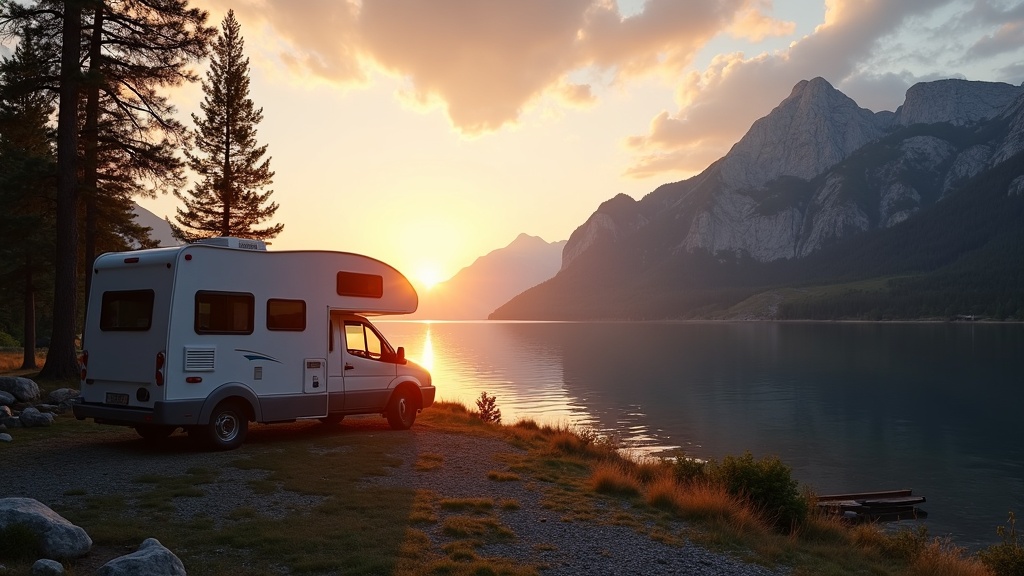
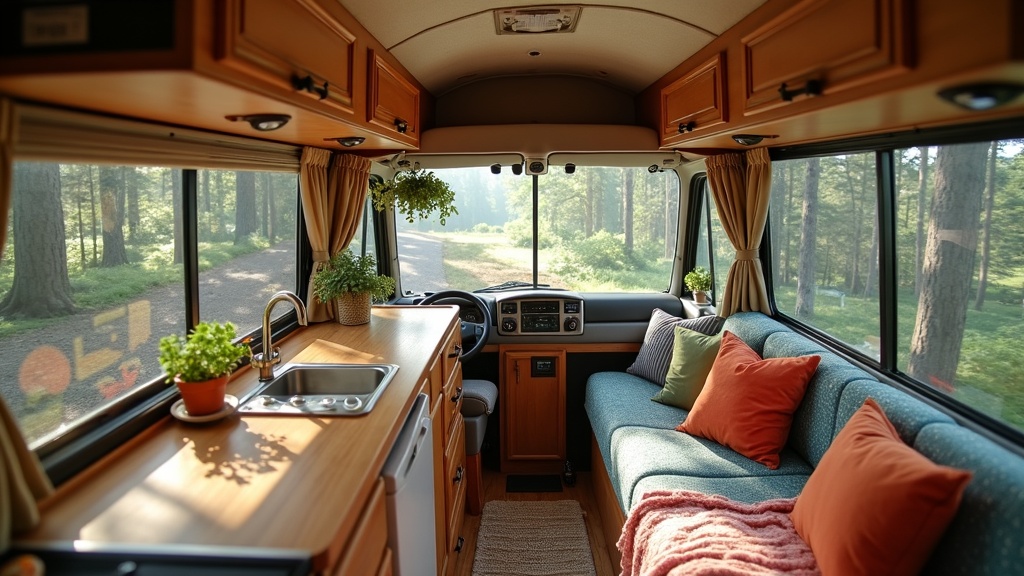

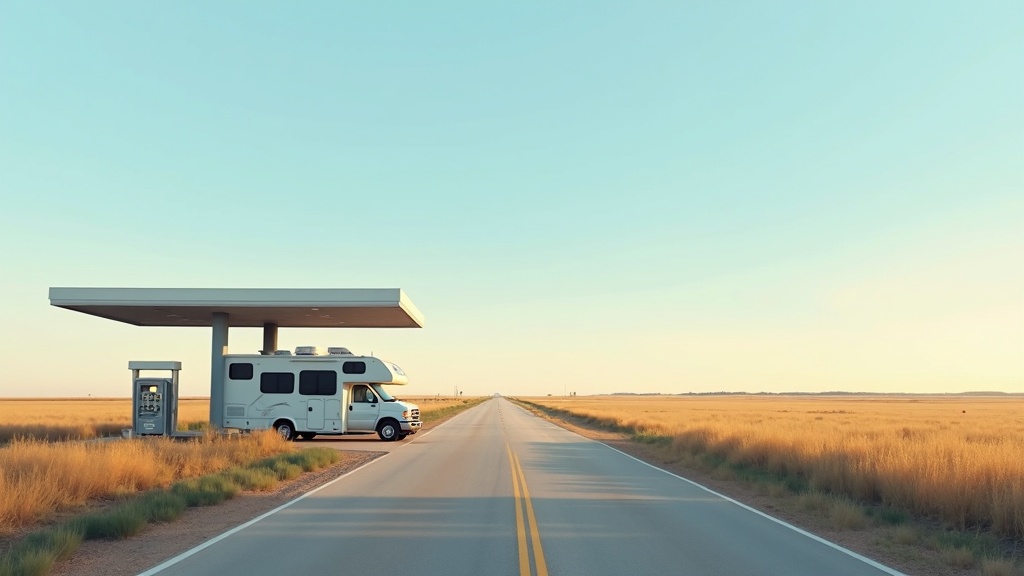

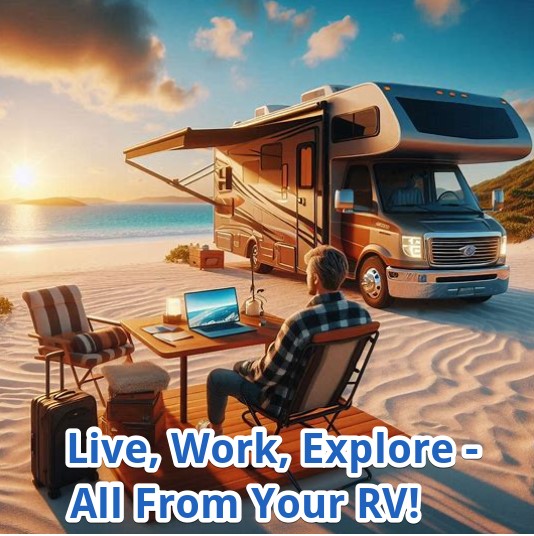

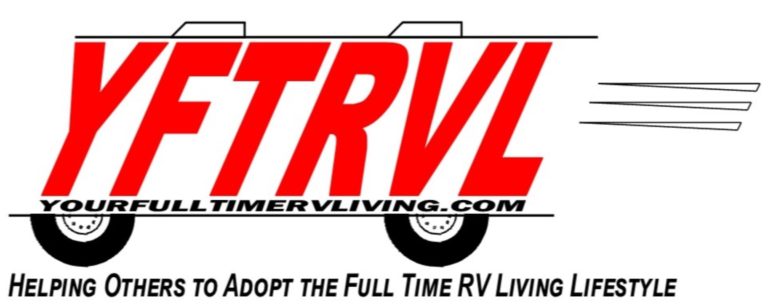



Recent Comments